The new frontier: Finland bolsters its Russian border
‘Barbed wire curtain’ evokes Cold War barrier that divided Europe for decades
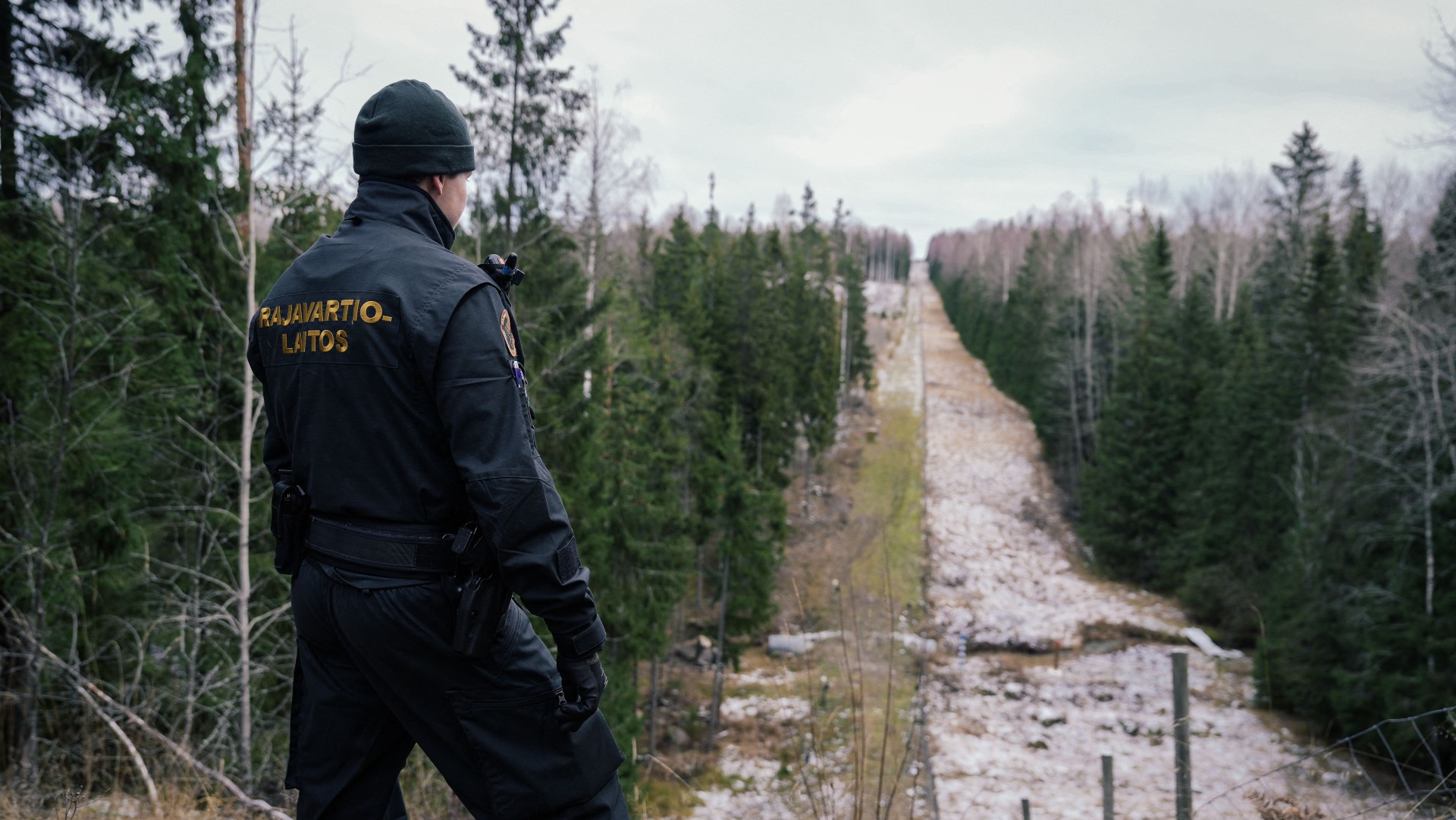
Finland is erecting barbed-wire fences along parts of its border with Russia as new physical barriers divide the European continent once more following Vladimir Putin’s invasion of Ukraine.
Part of a wider security realignment, it evokes memories of the Iron Curtain, the collection of barriers, walls and checkpoints stretching thousands of miles between the Baltic Sea and Mediterranean that divided the communist East and capitalist West during the Cold War.
Why is the fence needed now?
The Finnish Border Guard has cited the “changed security environment” that has made it necessary to construct a new fence along part of the eastern border with Russia.
The Week
Escape your echo chamber. Get the facts behind the news, plus analysis from multiple perspectives.

Sign up for The Week's Free Newsletters
From our morning news briefing to a weekly Good News Newsletter, get the best of The Week delivered directly to your inbox.
From our morning news briefing to a weekly Good News Newsletter, get the best of The Week delivered directly to your inbox.
Although the border between the two countries is 1,340km (832 miles) in total, the fence will initially be only 200km (124 miles) long, three metres (ten feet) high and topped with barbed wire, and be mostly located in the southeast of Finland, where the majority of crossing points are found. The Guardian reported that “particularly sensitive areas” are to be equipped with night-vision cameras, lights and loudspeakers. Construction is expected to take three to four years and cost several hundred million euros.
Its aim, said Sky News, is to “improve security and help stop disruption if Moscow decides to weaponise mass migration against Helsinki”.
“Such a fence would strengthen our border control here and now,” said the Finnish Border Force on its website. “It would significantly support the management of disturbances at the border, and a physical barrier fence would in practice be necessary in situations involving instrumentalised or extensive entry into the country.”
In September, the Finnish government banned Russian tourists from entering the country following thousands of arrivals fleeing the Kremlin’s “partial military mobilisation” order. Despite criticism that it closed off the last remaining exit route for those wishing to escape Russia, Finnish authorities defended the decision, arguing the huge influx of new arrivals was endangering the country’s international security.
A free daily email with the biggest news stories of the day – and the best features from TheWeek.com
‘Barbed wire curtain’?
The Washington Post said the construction “is part of a colossal effort by Finland and four other nations to fence off the European Union from Russia and its ally Belarus that has accelerated since the invasion of Ukraine a year ago”.
Finland, Estonia, Latvia, Lithuania and Poland, all members of the European Union, have moved to reinforce border infrastructure in recent years, citing concerns that foreign governments such as Russia and Belarus are using, and could use in the future, illegal immigration to destablise the EU.
While construction efforts have accelerated since Russia’s invasion of Ukraine a year ago, many plans had already been unveiled after Belarus responded to EU sanctions in 2021 by helping thousands of immigrants cross illegally into neighbouring countries.
Evoking memories of the Iron Curtain, which divided Europe for decades during the Cold War, Klaus Dodds, a professor of geopolitics at Royal Holloway, University of London, said the new fencing could be seen as a “barbed-wire curtain”.
“In 1989, the Berlin Wall was dismantled and this paved the way for an aspiration that Europe could think of its borders as friction-free,” Dodds told The Washington Post. Now, three decades later, hard borders are re-emerging, this time against a bellicose Russia and its ally Belarus, he said, adding that “Europe is fortifying”.
How is it linked to Finland’s Nato bid?
The barbed-wire barrier being constructed along the EU’s eastern border is a physical manifestation of a much wider security realignment in Europe triggered by Russia’s invasion of Ukraine.
It has directly led Finland and Sweden to abandon their “decades-long policy of military non-alignment” and apply to join Nato, Firstpost reported.
Finnish prime minister Sanna Marin has not publicly cited Russia’s war in Ukraine or Finland’s decision to join Nato as a reason to build the fence, “but Helsinki is concerned over developments both in Russia and Ukraine, as well Moscow’s threats of retaliation should Finland join the military alliance”, said Euronews.
Last week, Turkey and Hungary, the only Nato members yet to approve the countries’ entry into the security alliance, announced they will sign off Helsinki’s application, “removing the biggest barrier to Finland’s joining the alliance but leaving Sweden’s bid languishing”, said Politico.
Turkey’s parliament is expected to ratify Finland before it closes in mid-April ahead of the parliamentary and presidential elections scheduled for 14 May but “continued delays for Sweden will inevitably raise questions about the alliance’s military strategy and the credibility of its membership process”, said the news site.
-
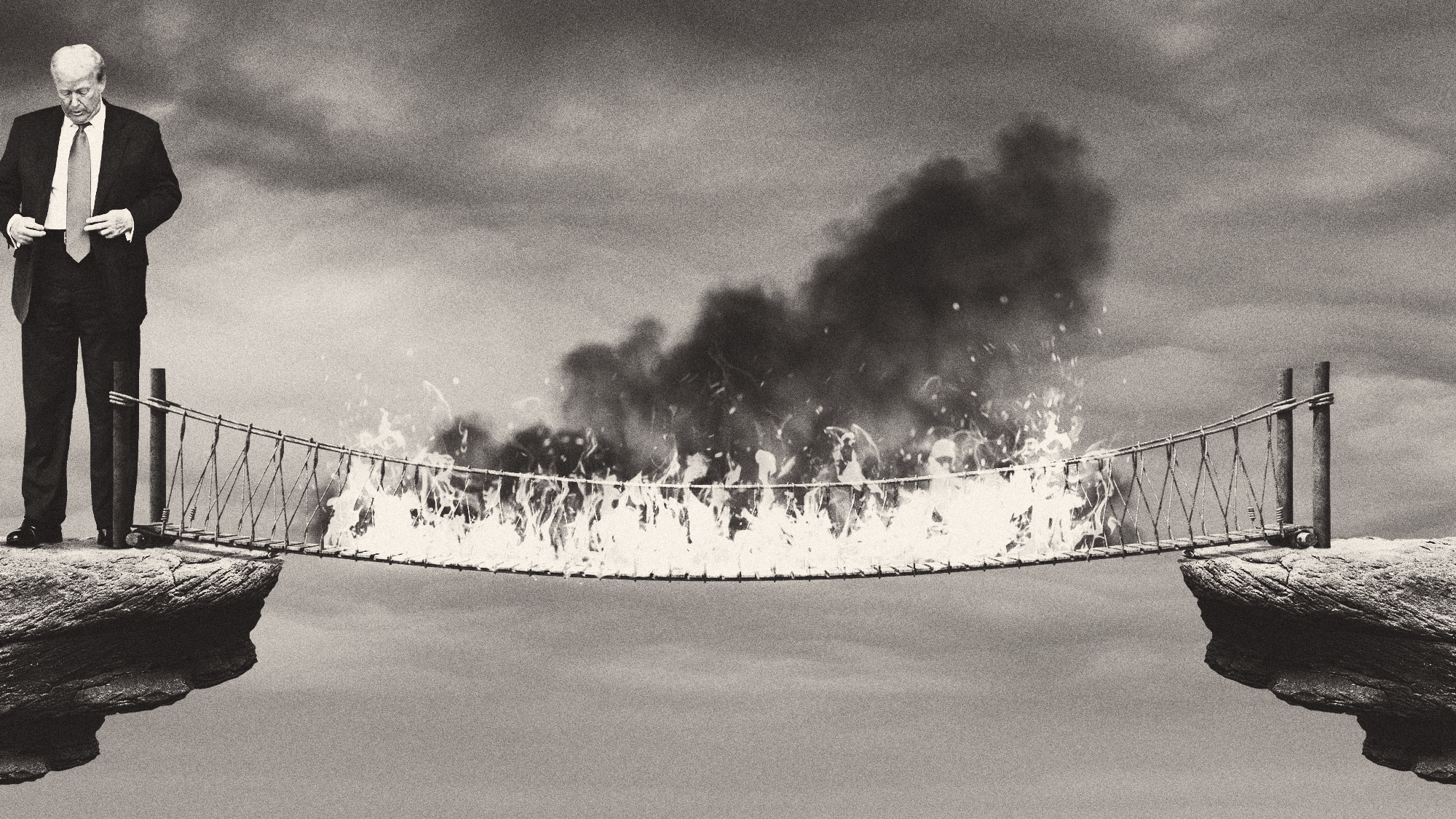 Did Trump just end the US-Europe alliance?
Did Trump just end the US-Europe alliance?Today's Big Question New US national security policy drops ‘grenade’ on Europe and should serve as ‘the mother of all wake-up calls’
-
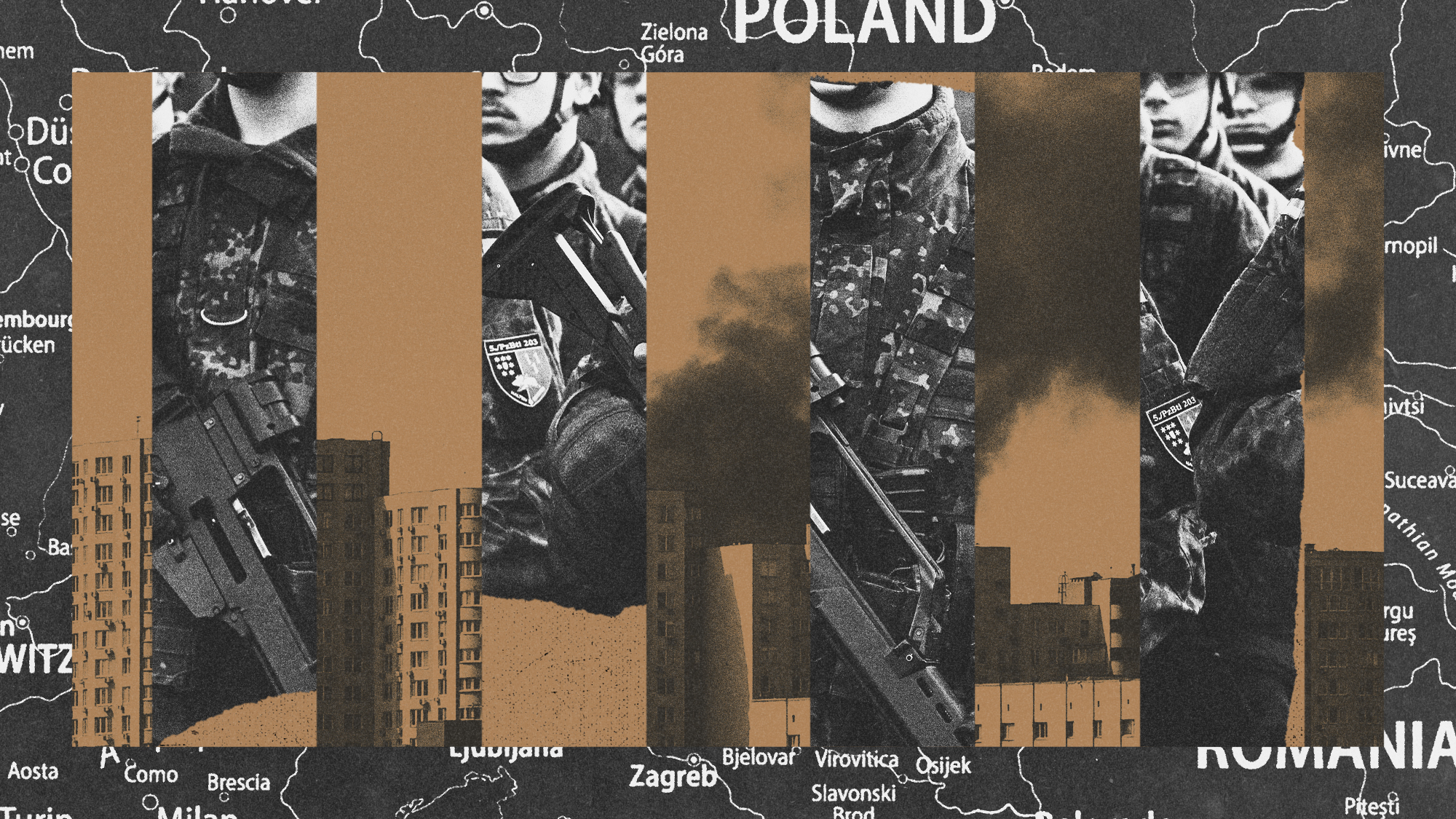 Is conscription the answer to Europe’s security woes?
Is conscription the answer to Europe’s security woes?Today's Big Question How best to boost troop numbers to deal with Russian threat is ‘prompting fierce and soul-searching debates’
-
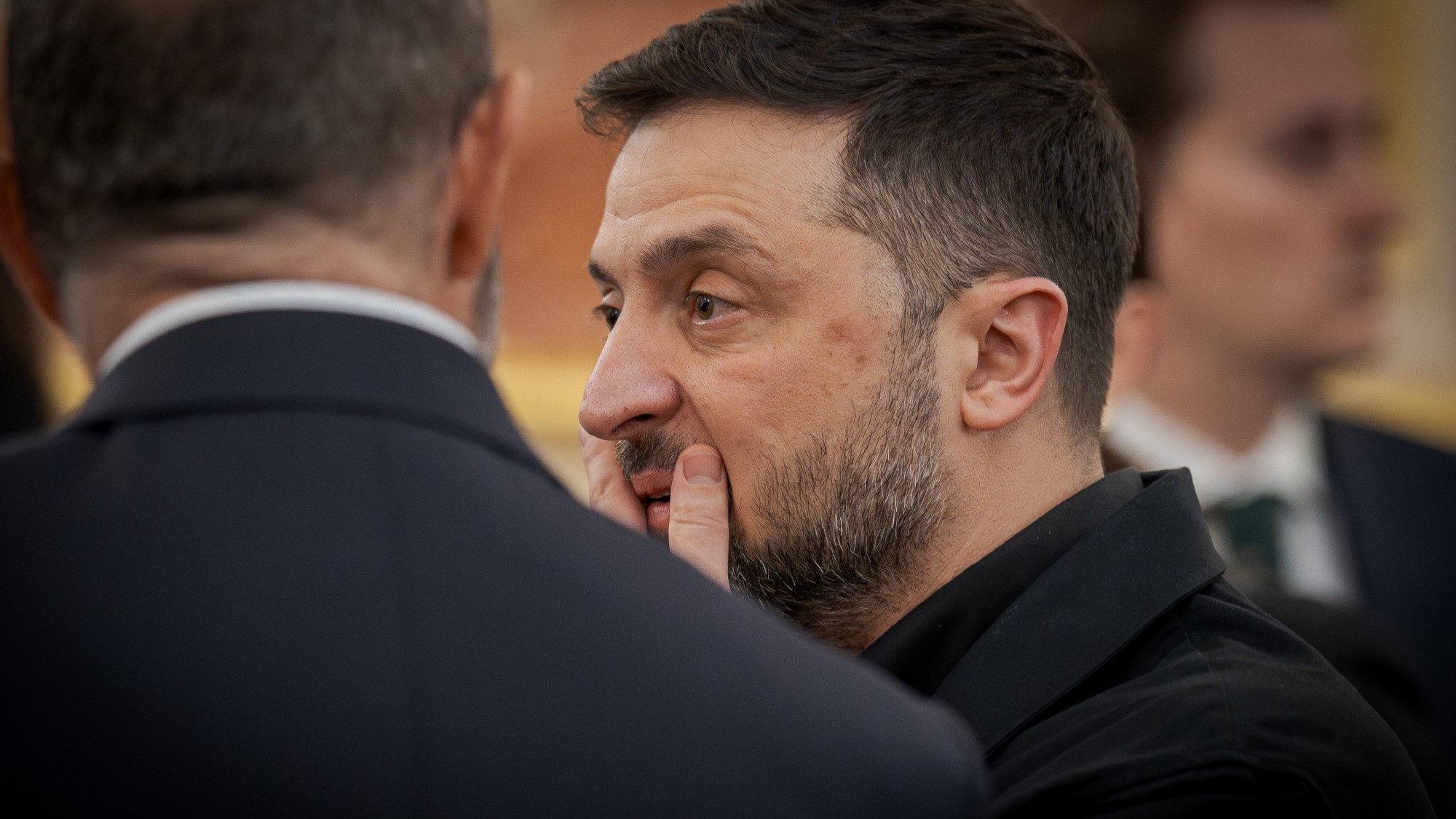 Trump peace deal: an offer Zelenskyy can’t refuse?
Trump peace deal: an offer Zelenskyy can’t refuse?Today’s Big Question ‘Unpalatable’ US plan may strengthen embattled Ukrainian president at home
-
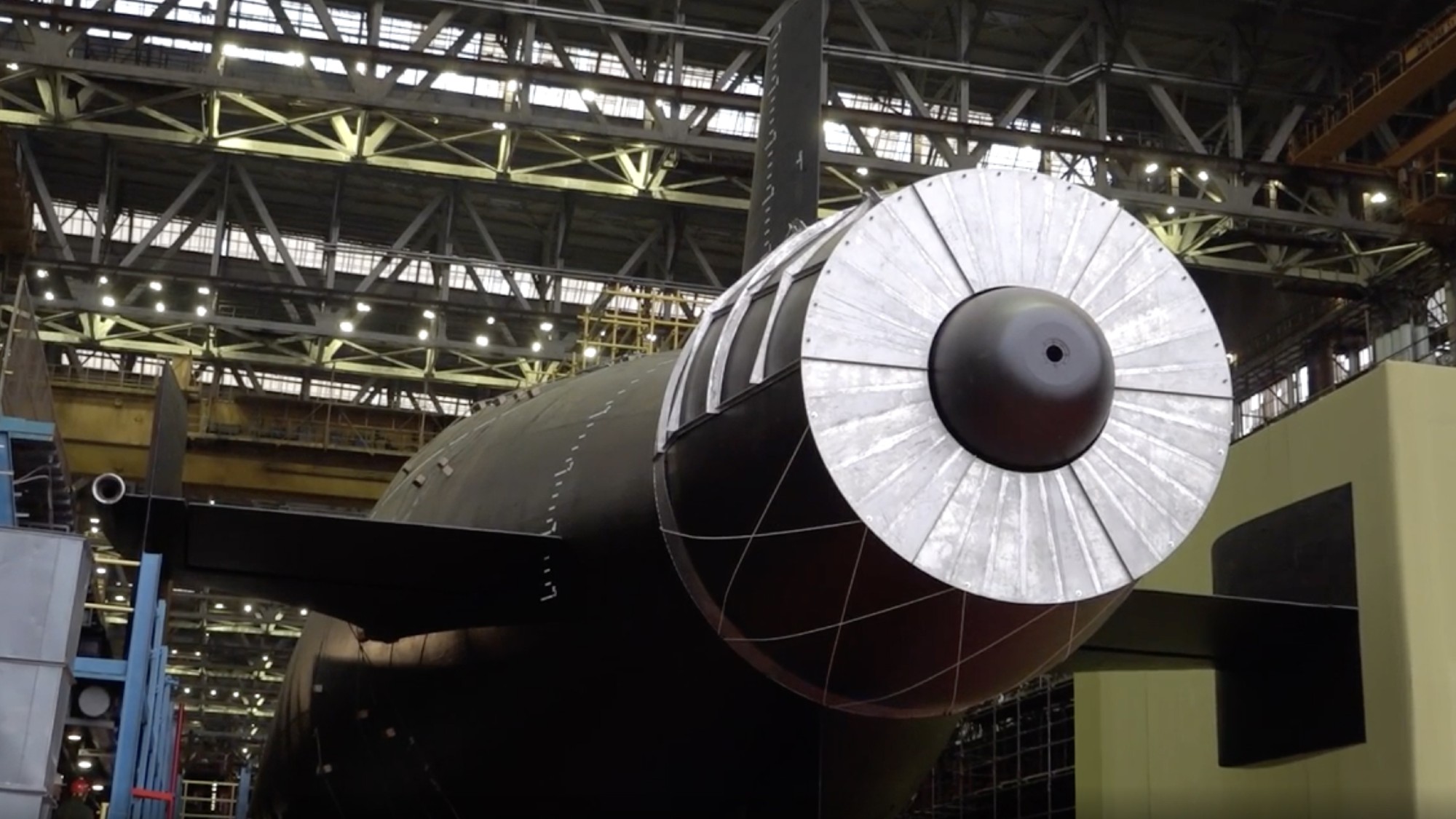 Vladimir Putin’s ‘nuclear tsunami’ missile
Vladimir Putin’s ‘nuclear tsunami’ missileThe Explainer Russian president has boasted that there is no way to intercept the new weapon
-
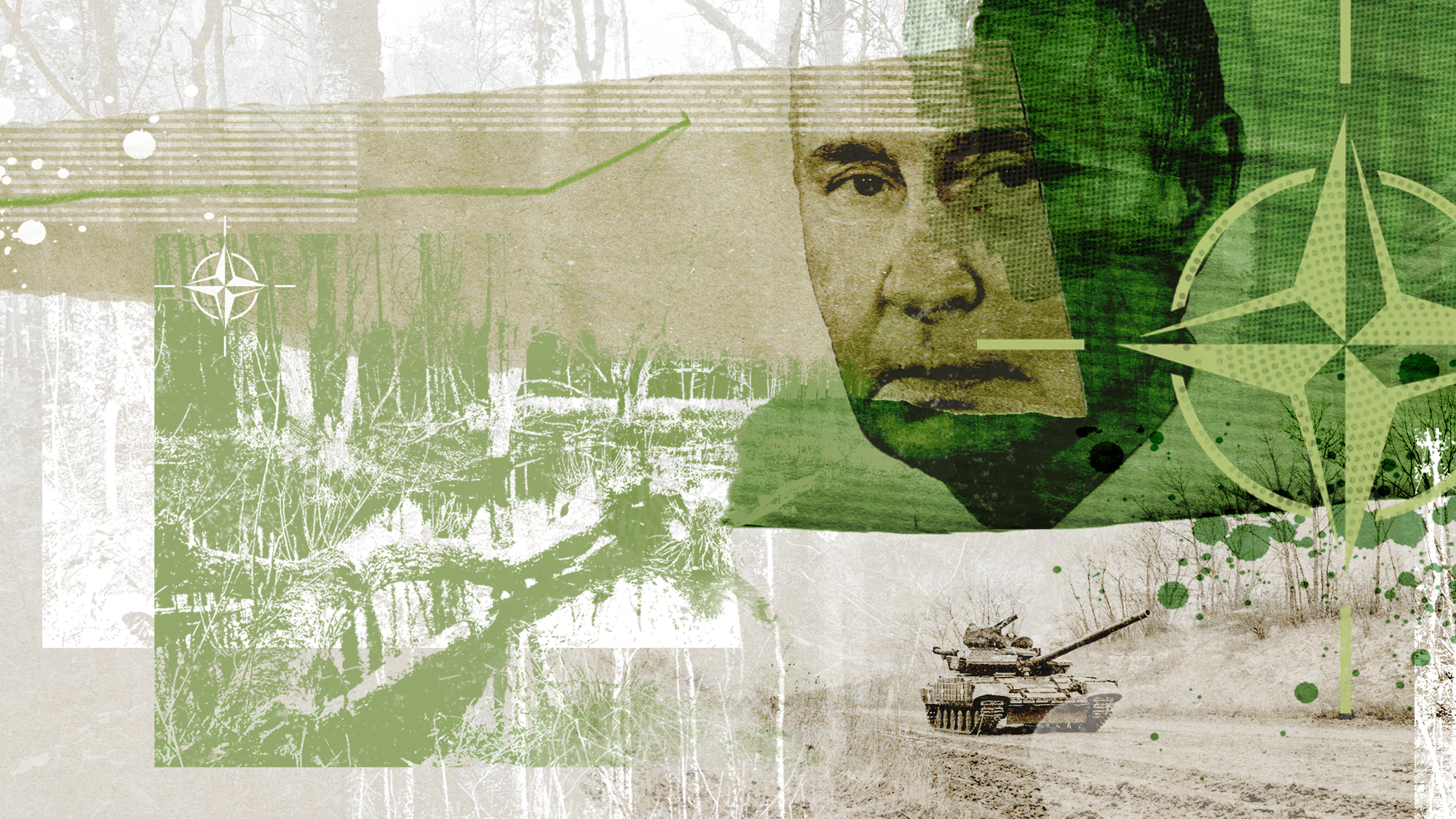 The Baltic ‘bog belt’ plan to protect Europe from Russia
The Baltic ‘bog belt’ plan to protect Europe from RussiaUnder the Radar Reviving lost wetland on Nato’s eastern flank would fuse ‘two European priorities that increasingly compete for attention and funding: defence and climate’
-
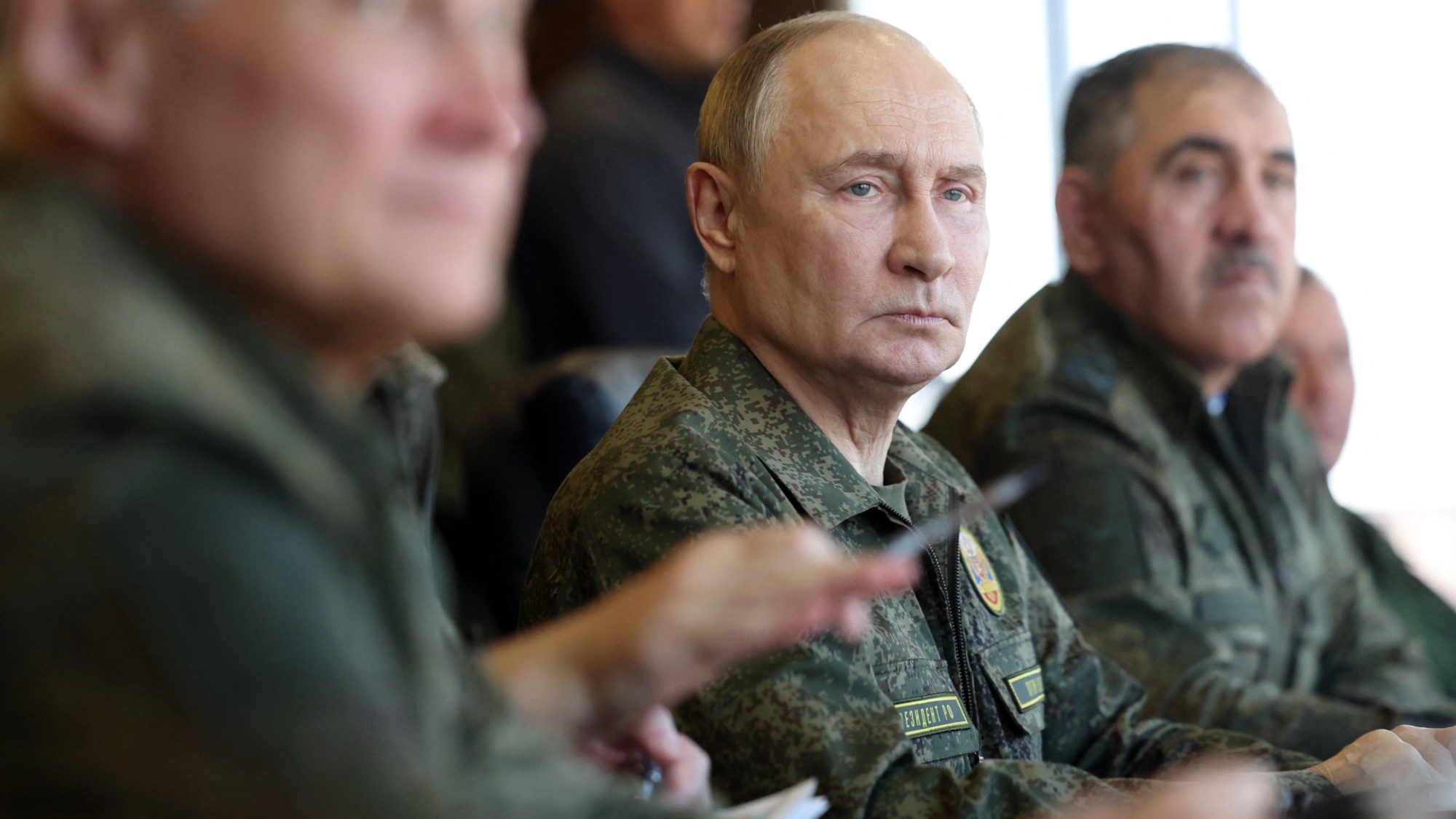 How should Nato respond to Putin’s incursions?
How should Nato respond to Putin’s incursions?Today’s big question Russia has breached Nato airspace regularly this month, and nations are primed to respond
-
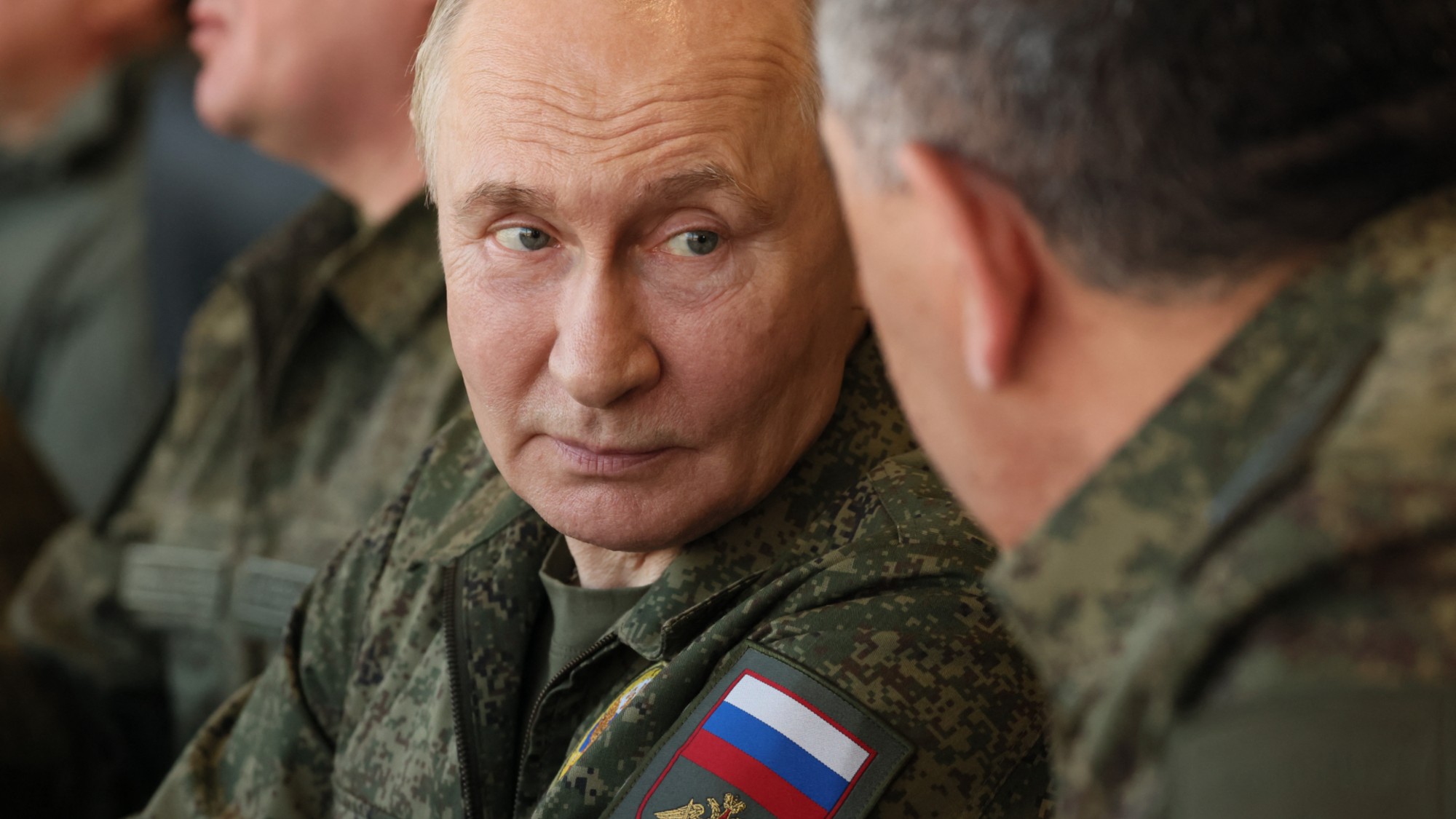 Russia’s war games and the threat to Nato
Russia’s war games and the threat to NatoIn depth Incursion into Poland and Zapad 2025 exercises seen as a test for Europe
-
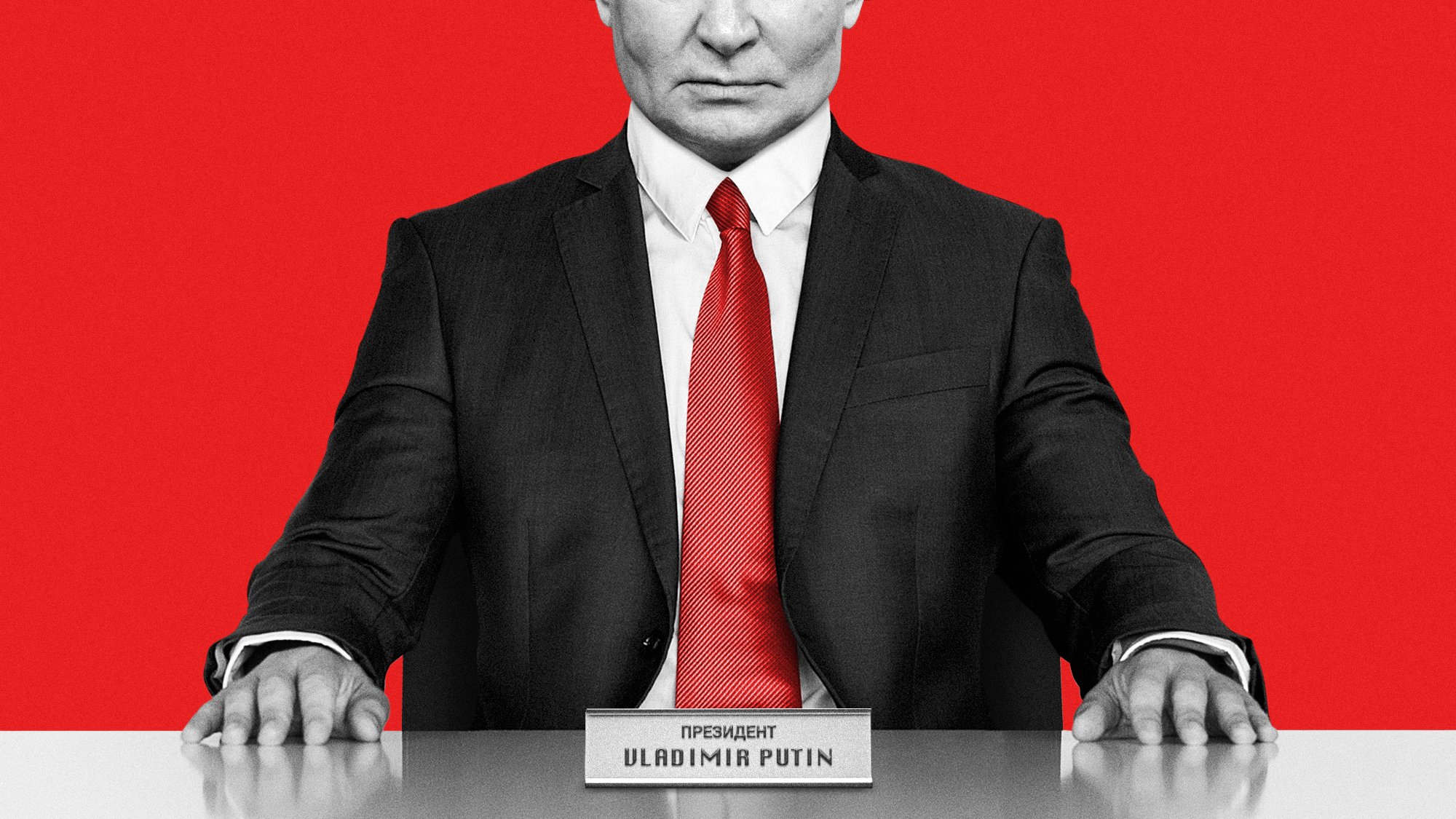 What will bring Vladimir Putin to the negotiating table?
What will bring Vladimir Putin to the negotiating table?Today’s Big Question With diplomatic efforts stalling, the US and EU turn again to sanctions as Russian drone strikes on Poland risk dramatically escalating conflict


